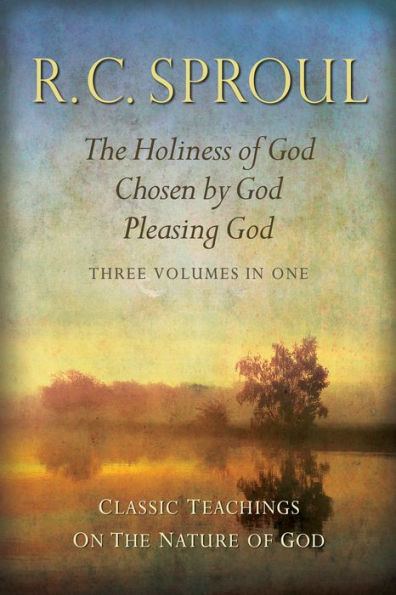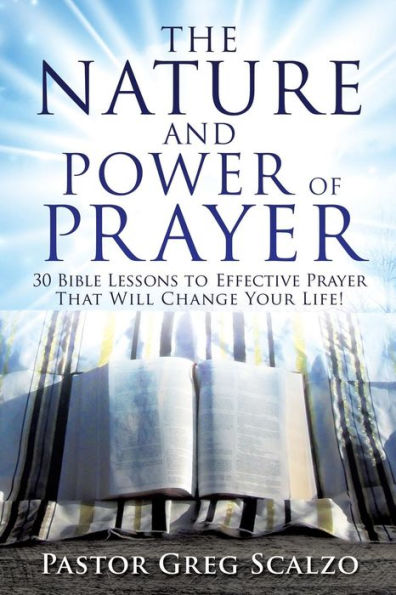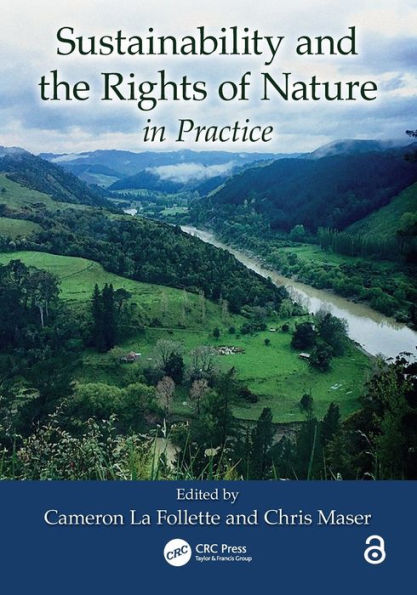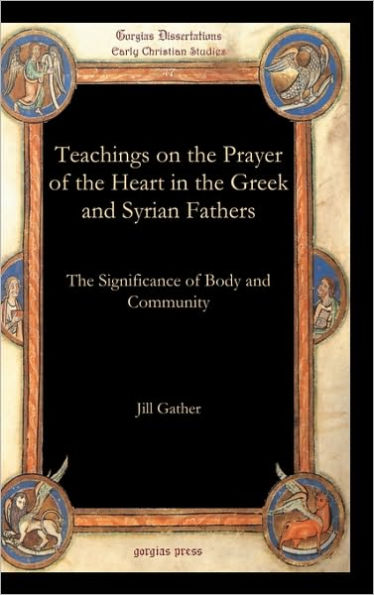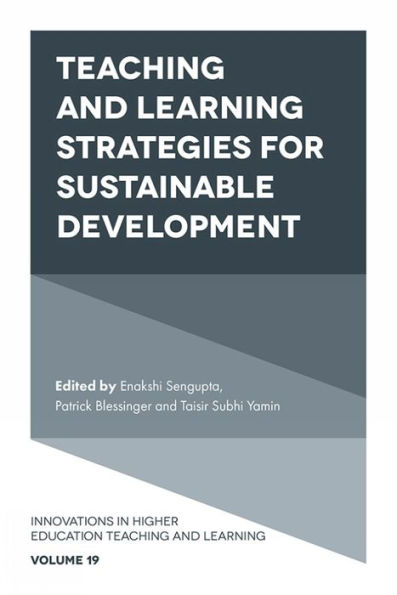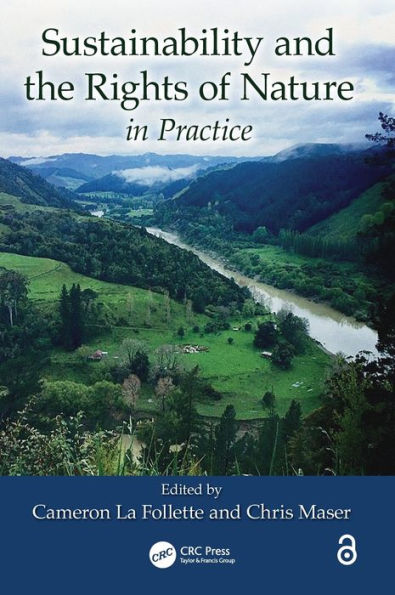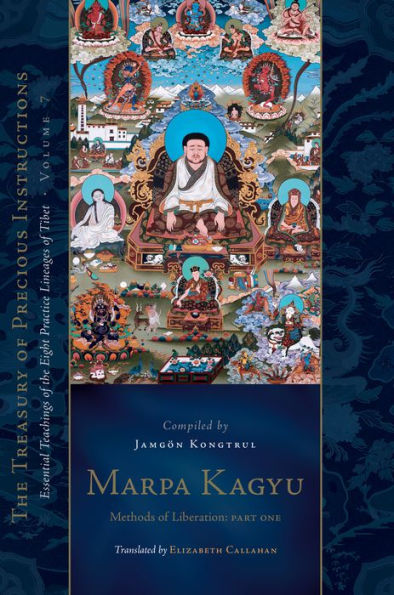Home
The Short Vajradhara Prayer: A Teaching on the Lineage and Sustaining One's Nature
Barnes and Noble
Loading Inventory...
The Short Vajradhara Prayer: A Teaching on the Lineage and Sustaining One's Nature in Franklin, TN
Current price: $14.95
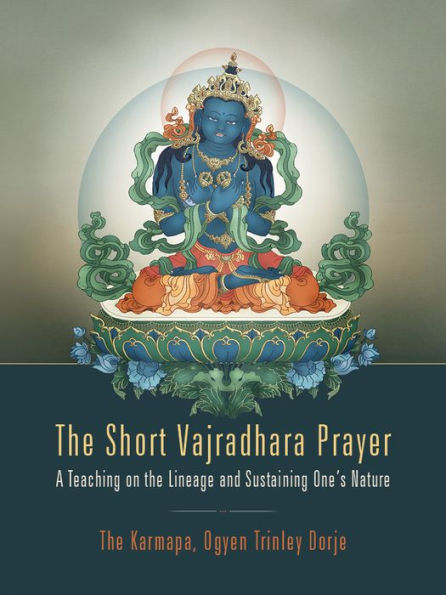
Barnes and Noble
The Short Vajradhara Prayer: A Teaching on the Lineage and Sustaining One's Nature in Franklin, TN
Current price: $14.95
Loading Inventory...
Size: OS
The Dorje Chang Tungma is probably the most well-known of the Kagyu prayers, traditionally recited before teaching sessions and often recited by practitioners as part of their daily practice. Nearly everyone knows this prayer by heart, but such familiarity can be dangerous. It is all too easy to recite the prayer mindlessly, like a parrot, without focusing on the words or reflecting on the meaning of what we are saying. By studying it, we should gain deeper understanding and be able to appreciate its profundity more fully. In so many ways, it is much more than an ordinary prayer. It includes all the important stages of the training in mahamudra: revulsion at samsara, renunciation, devotion to the guru, undistracted meditation, and so forth. As such, it is like a pith instruction. In the beginning, the prayer recalls all the lineage masters of the Kagyu. When we talk about lineage, we mean more than the one-to-one, physical transmission from teacher to student. Lineage is an unbroken spiritual line that begins with the source and continues uninterrupted from generation to generation. Not only that, as we recite the body of the prayer, we are reminded of the core practices of mahamudra: revulsion is the legs of the practice, uncontrived devotion is the head of the practice, non-distraction is the core of meditation practice, and so on. Originally, this teaching was part of the 29th Kagyu Monlam Chenmo and was given under the most auspicious circumstances. It happened at the perfect place, Dorje Den, the sacred site where Lord Buddha attained enlightenment; at the perfect time, just after Tibetan New Year during the Month of Miracles; and all four pillars of the sangha bhikshus, bhikshunis, upasikas and upasikis were present, along with many rinpoches, tulkus and khenpos of the Karma Kamtsang.From the preface by The Karmapa, Ogyen Trinley Dorje
The Dorje Chang Tungma is probably the most well-known of the Kagyu prayers, traditionally recited before teaching sessions and often recited by practitioners as part of their daily practice. Nearly everyone knows this prayer by heart, but such familiarity can be dangerous. It is all too easy to recite the prayer mindlessly, like a parrot, without focusing on the words or reflecting on the meaning of what we are saying. By studying it, we should gain deeper understanding and be able to appreciate its profundity more fully. In so many ways, it is much more than an ordinary prayer. It includes all the important stages of the training in mahamudra: revulsion at samsara, renunciation, devotion to the guru, undistracted meditation, and so forth. As such, it is like a pith instruction. In the beginning, the prayer recalls all the lineage masters of the Kagyu. When we talk about lineage, we mean more than the one-to-one, physical transmission from teacher to student. Lineage is an unbroken spiritual line that begins with the source and continues uninterrupted from generation to generation. Not only that, as we recite the body of the prayer, we are reminded of the core practices of mahamudra: revulsion is the legs of the practice, uncontrived devotion is the head of the practice, non-distraction is the core of meditation practice, and so on. Originally, this teaching was part of the 29th Kagyu Monlam Chenmo and was given under the most auspicious circumstances. It happened at the perfect place, Dorje Den, the sacred site where Lord Buddha attained enlightenment; at the perfect time, just after Tibetan New Year during the Month of Miracles; and all four pillars of the sangha bhikshus, bhikshunis, upasikas and upasikis were present, along with many rinpoches, tulkus and khenpos of the Karma Kamtsang.From the preface by The Karmapa, Ogyen Trinley Dorje
